We are witnessing the beginning of a new era—one that could see the decline of democracy around the world for a generation, or even more.
Coups and unrest in Myanmar, Haiti, and Niger. Backsliding in more established democracies like Turkey, Poland, and Hungary. These countries are no anomalies: Freedom House recently found that nearly 75 percent of the world’s population lost democratic freedoms in 2020. Further complicating the picture are regimes like China and Russia, which have attempted to undermine electionsand destabilize democracies across Asia, Africa, Europe, and even in the US.
Can America stop this pernicious backsliding? And should we?
Critics argue that those in glass houses shouldn’t throw stones. Is America capable of promoting democracy abroad as our own democracy still reels from an attempted insurrection on January 6th? And even if we can, should we really be spending taxpayer dollars on those halfway across the globe during a once-in-a-century pandemic?
The answer is that promoting democracy isn’t just about “doing the right thing.” Preventing the spread of authoritarianism is and has always been both an altruistic goal and one deeply rooted in our self-interest. Think about the Marshall Plan or our support for the institutions of the post-World War II order, from NATO to the World Trade Organization (WTO). Some of the largest democracy promotion projects in U.S history were also fundamental to securing our own success and security. America cannot prosper in a world ruled by autocrats and dictators.
Should foreign aid be part of the solution?
Yes.
Research suggests that aid can play a pivotal role in spreading civil liberties. A new literature review analyzing 32 different studies on aid directed towards democracy promotion found “a considerable volume of evidence” that it is effective at promoting democratization (of the 15 investigating American democracy aid, two-thirds found it effective). Another oft-cited study analyzed American aid targeted towards democratization objectives from 1990 to 2003 and found that, all else being equal, giving an additional $10 million (in 1995 dollars, about $17.4 million today) to a country caused “about a five-fold increase in the amount of democratic change.”
Although observers are right to be concerned about the opportunity cost of aid, it is important to note that the U.S. government consistently spends less than one percent of its budget on aid (and a mere 0.2 percent on aid targeted to promote democracy). Members of the public typically overestimate this amount more than tenfold, and opposition plummets when they’re told how much the government actually spends. It’s a small investment that helps us reap big returns.
What’s the best way to give?
Not all types of aid are created equal. In particular, there are three ways to ensure that America promotes democracy most effectively:
First, give with the specific intention of promoting democracy. The recent literature review found that the “best democratic returns” can be achieved when investing directly in human rights, democratic participation, civil society, and especially a free media. With this approach, USAID has made significant achievements in several countries: in Kyrgyzstan, it supported media institutions and ensured access to information before elections. In Jordan, it helped modernize and strengthen the judiciary.
Second, give consistently with the aim of supporting ongoing democratization. Studies have shown that aid is more effective at fanning the flames of existing reform than it is at lighting the initial spark, and that abruptly stopping aid can often lead to backsliding. We have seen examples of this in Latin America and Eastern and Central Europe, where a decrease in assistance in recent years has been accompanied by a rise in authoritarian leaders and a decline in civil liberties.
Third, give smart “technical assistance.” Aid in this form means a donor provides the recipient nation with skilled professionals who can use their expertise to improve policy (and its implementation) in nations where qualified officials are often in short supply. Oxford Professor Paul Collier has found that in the precarious years directly following large, sustained improvements in governance, every $1 of technical assistance can produce as much as $15 worth of benefits.
Is foreign aid enough?
Of course not.
As we witness the longest and most serious democratic decline in decades, America must double down on all possible solutions, including thinking of new ones. One creative idea is a Summit for Democracy, proposed by the Biden Administration and supported by RDI board member Alexander Vindman. The Summit could bring like-minded leaders together to discuss strategies in the fight against authoritarianism and common threats democratic nations face, including polarization, growing inequality, and misinformation. Such a summit could also include a “call to action” for technological companies that have become vessels for “anti-democratic disinformation.” As Vindman emphasizes, the only way to prevent the continued rise of illiberalism is for the free world to unite.
Yet ultimately, the U.S. must lead by example, standing up to dictators like Russia’s Putin, China’s Xi, and Turkey’s Erdogan when they violate human rights, invade their neighbors, and interfere in foreign elections. And, importantly, leading by example means repairing our democracy at home. That is the only way we can effectively model freedom to the world, inspiring activists, politicians, dissidents, and civil society leaders to fight for democracy in their own countries. We cannot understate the power of this kind of foreign aid.



